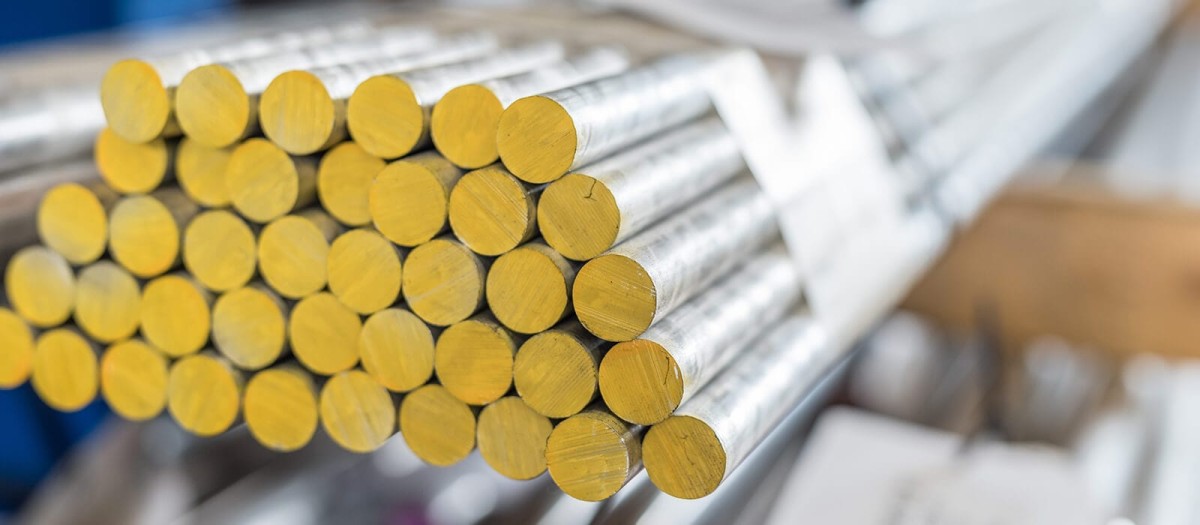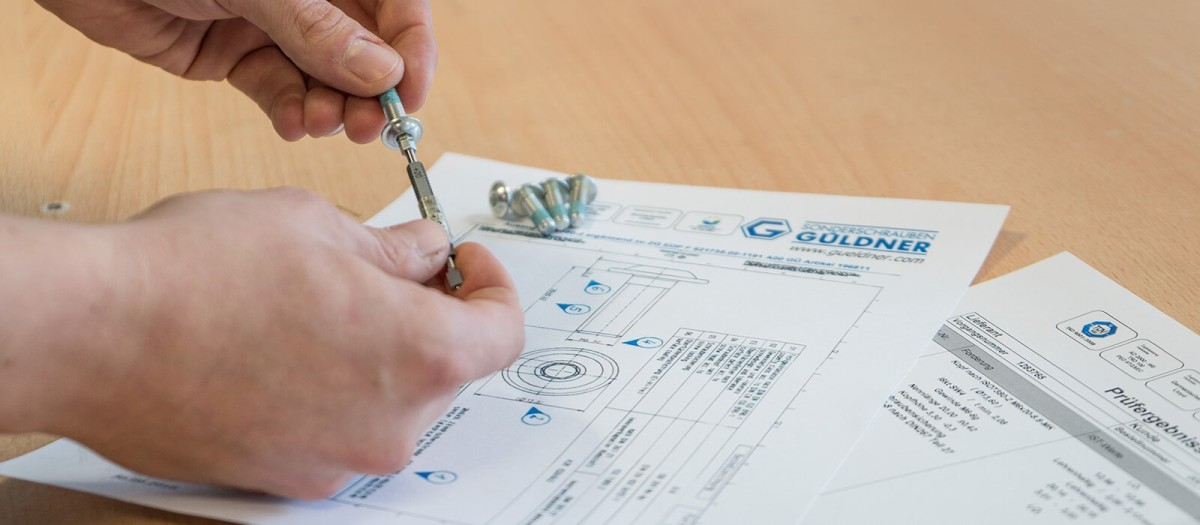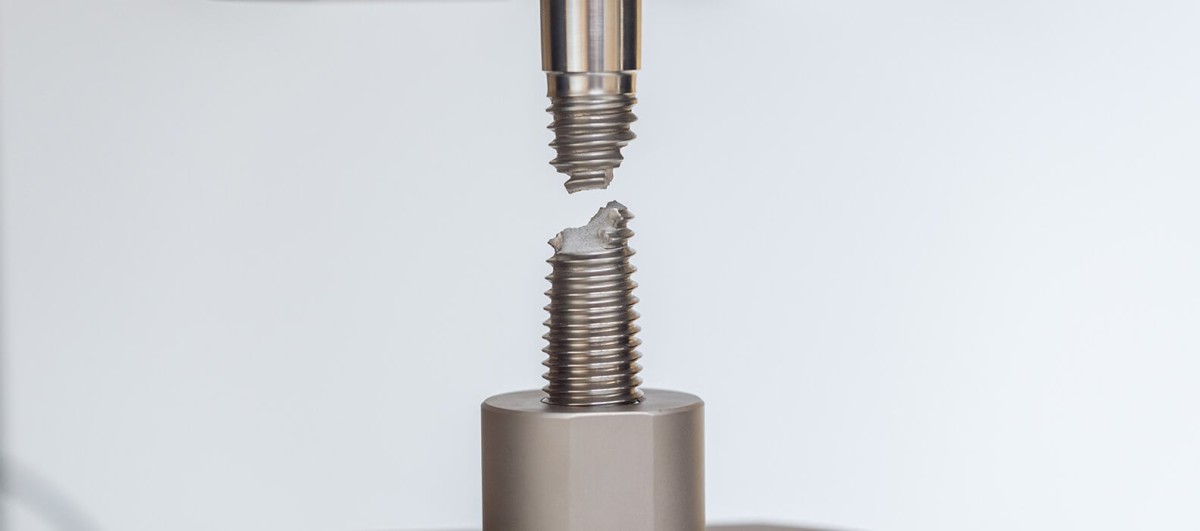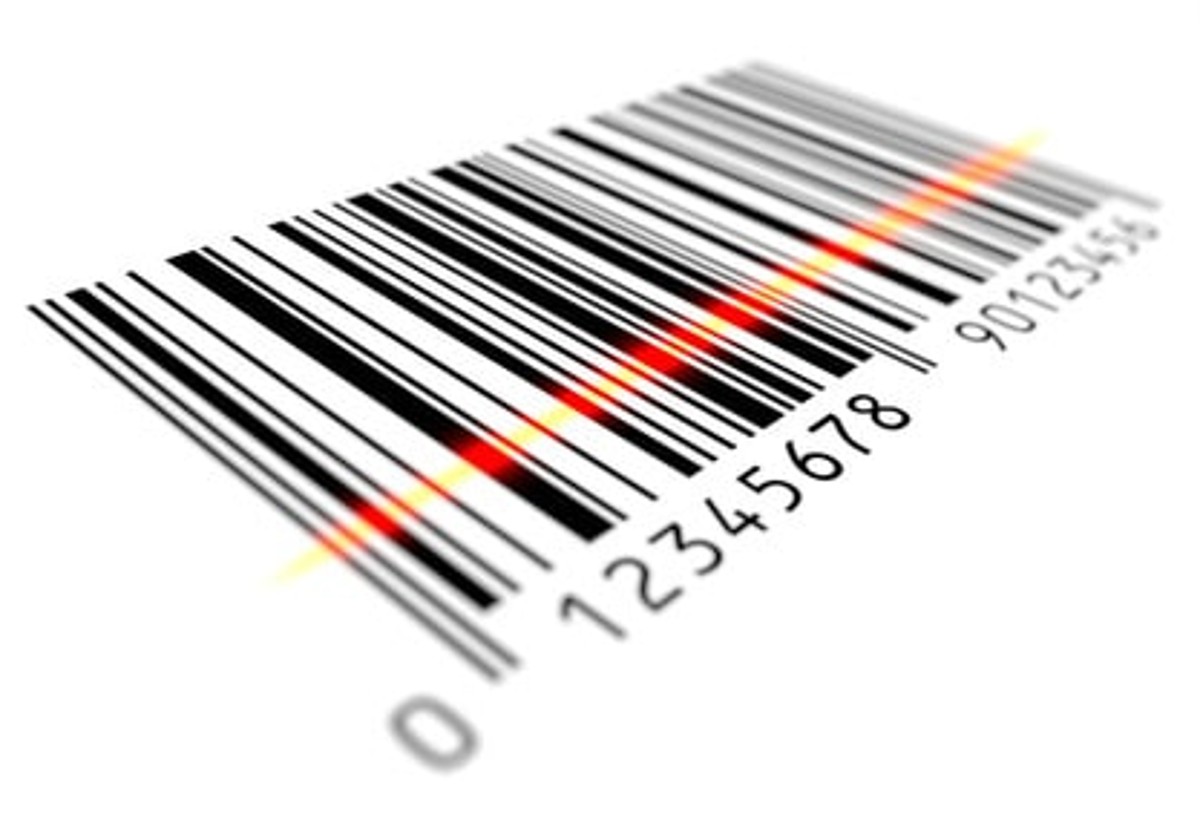



Quality
GÜLDNER's certified quality management begins with the inspection of the material to be processed by means of X-ray fluorescence analysis (XRF) and continues throughout the entire production process up to dispatch.
All results of the dimensional inspection as well as all attributive characteristics are determined and documented in accordance with the inspection planning and the subsequent test data acquisition.
We are a TÜV-approved manufacturer according to AD 2000-Merkblatt W0, the regulations of Germanischer Lloyd, the VdTÜV-Merkblatt 1253/4 as well as AVS D 100/50.
Our certified quality management system according to ISO 9001 and KTA 1401 also fulfils the requirements of the Pressure Equipment Directive 2014/68/EU.
raw material

We obtain our raw material exclusively from certified steel traders and factories with corresponding test documentation.
Every incoming goods item is checked by us for mix-ups using X-ray fluorescence analysis (XRF) (PMI - Positive Material Identification).
Our material is stored and labelled in batches. Austenitic and ferritic steels are stored separately to avoid contact corrosion.
mix-up check
acceptance test

For your products we can supply you with various test reports and certificates according to DIN EN ISO 10204 on request:
- Certificate of Compliance with the Order 2.1
- Certificate of Compliance 2.2
- Inspection certificate 3.1 and 3.2
Acceptance test certificates according to 3.2 are issued according to the specifications of TÜV, GL, DNV, BV, LR, RINA as well as according to customer specifications or official regulations.
In addition, we offer initial sampling, IMDS entries or other test documentation especially according to your specifications and requirements.
penetrant test
magnetic particle test
tensile test
batch traceability
Sonderschrauben Güldner GmbH & Co. KG collects and processes the personal data entered in the form in order to process the requested inquiry for you. Please note the marking of the mandatory fields on the forms. The legal basis for this processing of mandatory data is Art. 6 para. 1 lit. b GDPR, implementation of a pre-contractual measure. The processing of the data voluntarily provided by you is carried out on the basis of Art. 6 para. 1 lit. f GDPR. This permits processing that is necessary to safeguard our legitimate interests. Our legitimate interest is to have contact with you, our customers, to improve the quality of our advice and to be able to contact you more easily in the event of any queries. The data collected will only be stored by us for as long as is necessary to process your request and to contact you. It will then be deleted. Translated with DeepL.com (free version)
Additional data protection information, in particular on your rights to information, rectification, erasure, restriction of processing, objection and complaint, can be found in our privacy policy.

